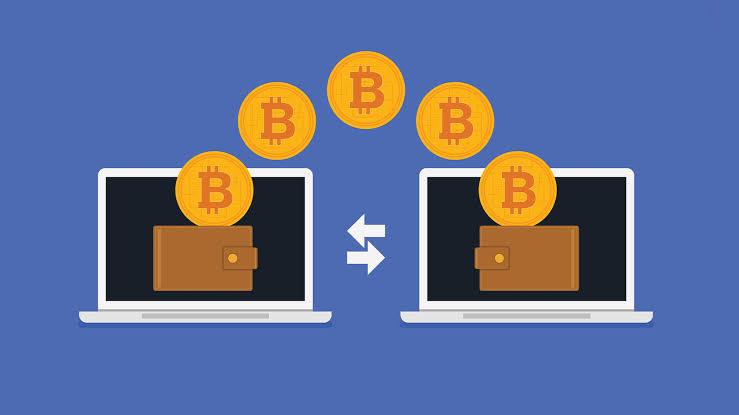As blockchain technology evolves beyond its early days of experimentation, transaction speed has emerged as a fundamental requirement for usability and growth. In today’s world of real-time applications—from decentralized finance (DeFi) to gaming and social media—users demand fast, seamless interactions. A fast blockchain isn’t just a technical advantage; it’s a competitive necessity that shapes user experience, developer adoption, and long-term scalability.
The ability of the blockchain to function in the physical reality is primarily determined by its swiftness. A few seconds’ delay might seem to be insignificant, yet in a multitude of scenarios, it may lead to a completely different reality, such as simple interaction instead of a failed deal. The need for immediacy has lost the negotiable aspect; it has become a standard.
The Role of Speed in User Experience
The focus on the end-user should be the first consideration regarding every blockchain product. Whether it is a token transfer, NFT minting, or asset swapping on a dex, the rapidity of the speed significantly affects how actions are experienced. Block confirmations lagging in timing can convert to misappropriations, errors because of transactions being stalled, and extra costs concerning a congested network. The application users, for instance, are under the circumstances whereby their transactions are in the queue (for minutes)—or even longer—to be finished, and that is why the first impression or the app’s quality is negatively impacted.
Quick blockchain development results in a more friendly user experience because it decreases the time delay for transactions and, as a result and more quickly, increases the responsiveness. This feature allows clients to perceive the platform as a live engagement without the need to wait for confirmations, which creates a more positive environment within. To give an example, the must-have order-filling feature in a trading case is to be able to do so immediately. However, when the blockchain is associated with slowness, it makes the user’s’ price slippage, which is the margin between two conversion results at a time, and makes them doubt the platform.
The predominant, flexible user experience is a major distinguishing characteristic of successful decentralized applications (dApps) from those that find it hard to keep their users. In an age where individuals tend to act in favor of what is easy, the speed of service is the measure of whether users are entertained or not.
The Role of Speed in dApp Adoption
Developers are deeply aware of how transaction performance affects adoption. They know that the faster the infrastructure, the more likely users are to return. A fast blockchain provides developers with the performance baseline they need to build scalable, reliable apps that attract real-world use.
For instance, DeFi platforms that depend on arbitrage or high-frequency trading are unable to run effectively on chains with slow speeds. Likewise, blockchain games that feature real-time multiplayer mechanics demand a near-instantaneous transaction finality. A brief interval of one or two seconds can create unwanted distractions among the players, which in turn can result in them losing interest.
The fast and complex maze of different blockchains is the reason for developers to be almost side by side hanging with their competitors who are using Web2 applications due to the exogenous factor of preconditioned and millisecond response time users. The applications of this technology are, however, always going to be of low performance, thereby, failing to capture more users.
Fast Blockchain Standards and Expectations
Despite the blockchain ecosystem having existed for a while now, we are already witnessing a transformation in what can legitimately be seen as good performance standards. Although bitcoin and ethereum blockchains launched their pilots as early platforms focusing on decentralization and security, they had difficulties dealing with high throughput and latency. Conversely, today’s fast blockchain networks are defining performance working on consensus optimization, network structure, and transaction validation.
Now, fast blockchains must not only provide transaction finality but must do so in seconds or milliseconds. At the same time, they should show the ability to process thousands of Transactions Per Second (TPS). These are not just the features that claim technical superiority but also the ones that are required to run diverse, densely used applications.
When a project is being run on Swift blockchain platforms, it tends to be underutilized in terms of congestion, this is because it has low fees and it is also granted a greater capacity for growth. The users will not have any thoughts about Minimum Execution Time for actions, while the developers will be busy creating breakthrough techniques instead of always fixing the limitations of the network.
Fast Blockchains and Mainstream Integration
For the blockchain to gain a foothold as part of everyday life, encompassing financial tools, digital identity systems, and supply chain networks, it must be equivalent to the traditional internet, achieving the same performance. A fast blockchain can fill that gap and in the process, promote the deployment of Web3 technologies in the woodworking industries like e-commerce, banking, and logistics.
If the blockchains can be sufficiently fast to implement instant transactions at large scales, then they can be used for network payments, checking credentials, or controlling inventory more clearly and efficiently than the current systems. The speed is now not just an added-on value but a very fundamental thing to be trusted, relied on, and accepted by the masses.
Conclusion
Transaction speed is no longer a side issue in blockchain; it is now the cornerstone of user satisfaction, developer success, and ecosystem growth. A fast blockchain provides the performance needed for modern dApps to operate, expand, and be successful. With the rise in user expectations and the complexity of applications, it is only the platforms that focus on speed that will be able to survive in the market. Where every second is important, fast blockchains are paving the way for the future of decentralized technology.
